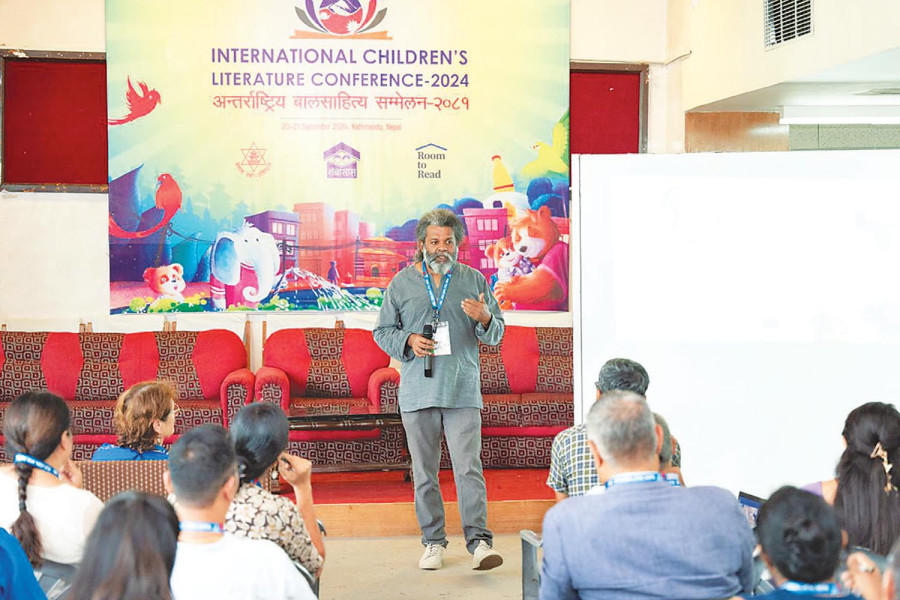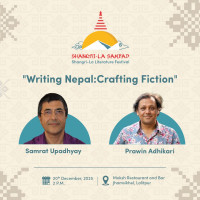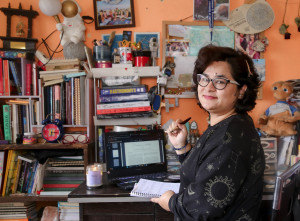Culture & Lifestyle
The Children’s Literature Conference concludes
The two-day event featured over twenty-five research papers from Nepali and international scholars.
Post Report
The International Children’s Literature Conference, held from September 20 to 21 at Nepal Academy, Kamaladi, concluded on Saturday. This event was organised in collaboration with the Nepal Academy, the Nepal Society for Children’s Literature (NESCHIL), and Room to Read. It featured ten sessions celebrating Indigenous and linguistic diversity in children's literature. The sessions also highlighted the importance of storytelling from children's perspectives and emphasised the need for a vibrant ecosystem in children's literature, both fiction and nonfiction.
"This conference has been in the planning phase for a long time. It finally took place, and we have aimed to build a supportive ecosystem for writers, illustrators, and the wider community,” said Pramod Pradhan, president of NESCHIL.
The two-day conference featured over twenty-five research papers, presented by Nepali and international scholars, exploring various aspects of children’s literature. Alongside these academic presentations, the event included panel discussions, storytelling sessions, and children's books and artwork exhibitions.
Pushkar Lal Shrestha, Country Director of Room to Read, said, “Every child deserves access to a library filled with a wide variety of books that ignite their curiosity, spark their imagination, and open new worlds,"
"Despite our rich heritage of using stories for instruction, the role of literature in children's holistic development was not well understood until recently. Fortunately, the importance of encouraging leisure reading is now widely recognised in schools and among parents," said Deepa Agrawal, an author and poet from India.
"Contemporary non-fiction is a valuable genre that helps students become critical thinkers, visually aware, and information-literate," said Mahesh Pathirathna, global book publishing advisor for Room to Read. In his paper, ‘Missing Genre in Asian Children’s Literature: Why Narrative Nonfiction is the Way Forward for Small Markets’, Pathirathna pointed out the lack of children's non-fiction books. He explained how collaboration between illustrators and writers can make difficult topics easier for young readers to understand.
“Life is a puzzle. Teaching children to write stories equips them with the necessary problem-solving tools. That’s why I believe that when you teach children to write stories, you inevitably teach them about life,” shared Brigitte Rozario, a Malaysian journalist, writer, and editor.




 7.12°C Kathmandu
7.12°C Kathmandu

.jpg&w=200&height=120)












